- Dermal Fillers
- 0 comments
- dermal fillers
What is Hyaluronidase?
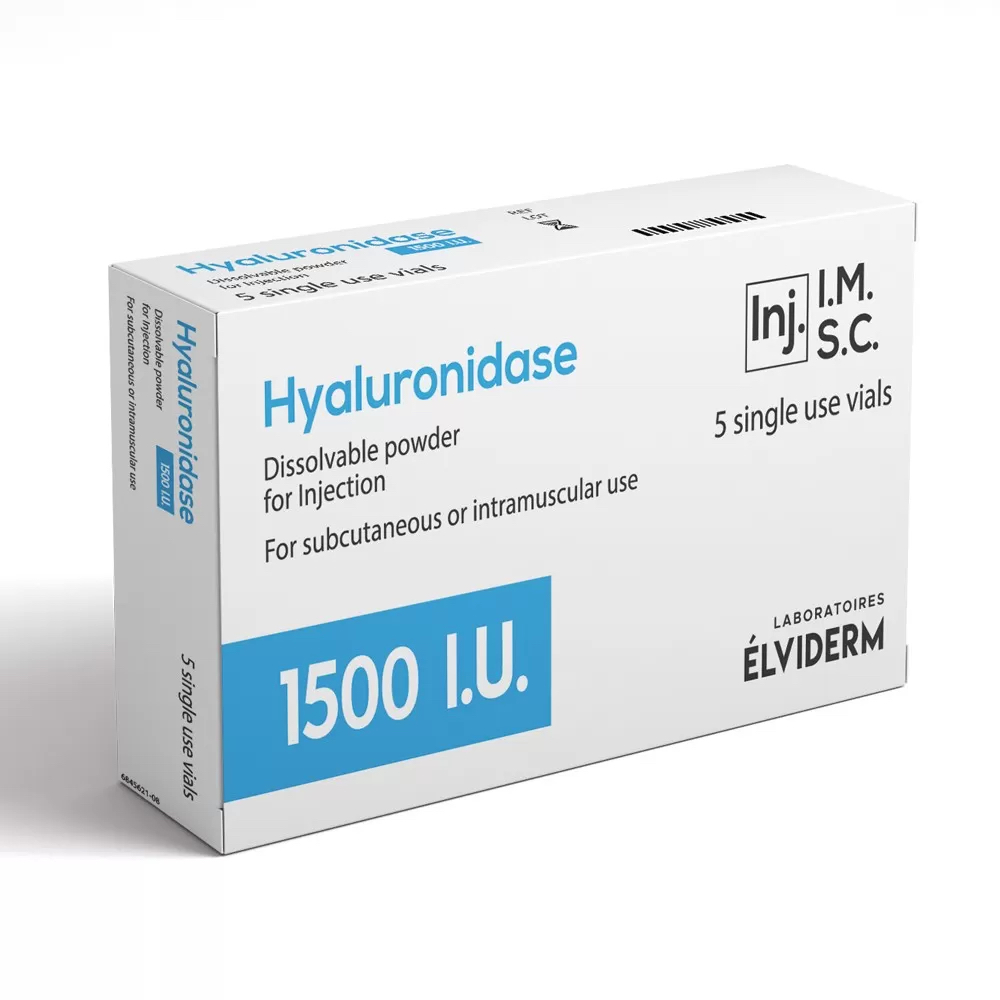
Hyaluronidase (CH17H24BrNO2), is an enzyme from the family of Hyaluronidases.
According to wiktionary.org, Hyaluronidases are a family of enzymes that serve the role of promoting the hydrolysis process of Hyaluronic acid.
What is hydrolysis?
Hydrolysis is defined as the chemical process of decomposition that takes place through the splitting of a bond, the addition of the hydrogen cation; and the hydroxide anion of water. This process could be visualized by envisioning Hyaluronidase cleaving away the Hyaluronic acid’s glycosidic bonds.
What is Hyaluronic acid?
(C14H21NO11), hyaluronic acid, hyaluronan is a compound that propagates throat connective, epithelial and neural tissues.
Hyaluronic acid can be found throughout the body and serves many functions. The products that are derived from it feature mainly Hyaluronic acid dermal fillers.
Hyaluronic acid or Hyaluronan is a substance that should be handled with the utmost care and expertise. This compound is capable of introducing substantial effects wherever it may be used.
The complications from Hyaluronic acid dermal filler injections that weren’t administered with maximum care can be dire.
Hyaluronan is a natural sugar found in body tissue. Its primary function is water retention, therefore maintaining skin and joint hydration and lubrication. By doing that, it preserves the tissue against the daily abuse it is inflicted with during day-to-day life. High concentration of hyaluronic acid has proven to be directly responsible for sped-up healing and recovery periods from wounds and improved bone strength and density.
In recent years, Hyaluronic acid dermal fillers have shown a rise in popularity due to their biological compatibility with skin tissue, since HA is already present in the body, and its function is clear, adding more of it seems intuitive.
Injecting foreign Hyaluronic acid into the body becomes necessary because of the reduced rate of natural secretion of it by the body as it ages, or is inflicted with wear and tear from external elements such as an excess of sun exposure.
What are the possible side effects of Hyaluronic acid fillers?
Hyaluronic acid or hyaluronan is a compound that is to be handled with utmost care and by the most qualified personnel, hyaluronic acid fillers are capable of resulting in many strong effects in the areas where they are injected.
The use of hyaluronic acid dermal filler injections implies understanding that it may lead to a wide spectrum of side effects, which could entail serious complications.
The complications ensuing from the use of dermal filler injections can range from symptoms that are easily handled by the patient with close care like light bruising, swelling, and general discomfort in the area where it was injected. To more serious complications that require immediate medical attention and treatment using Hyaluronidase. These cases may be those where Hyaluronic acid filler was injected directly into a blood vessel, IE a vein or artery. In those cases, Hyaluronic acid causes a blockage in the blood vessel in question. Or the forming of a clot inside of it surrounding the filler.
One of the more serious conditions triggered by the introduction of Hyaluronic acid into a vessel, therefore, blocking it, is Necrosis.
What is Necrosis?
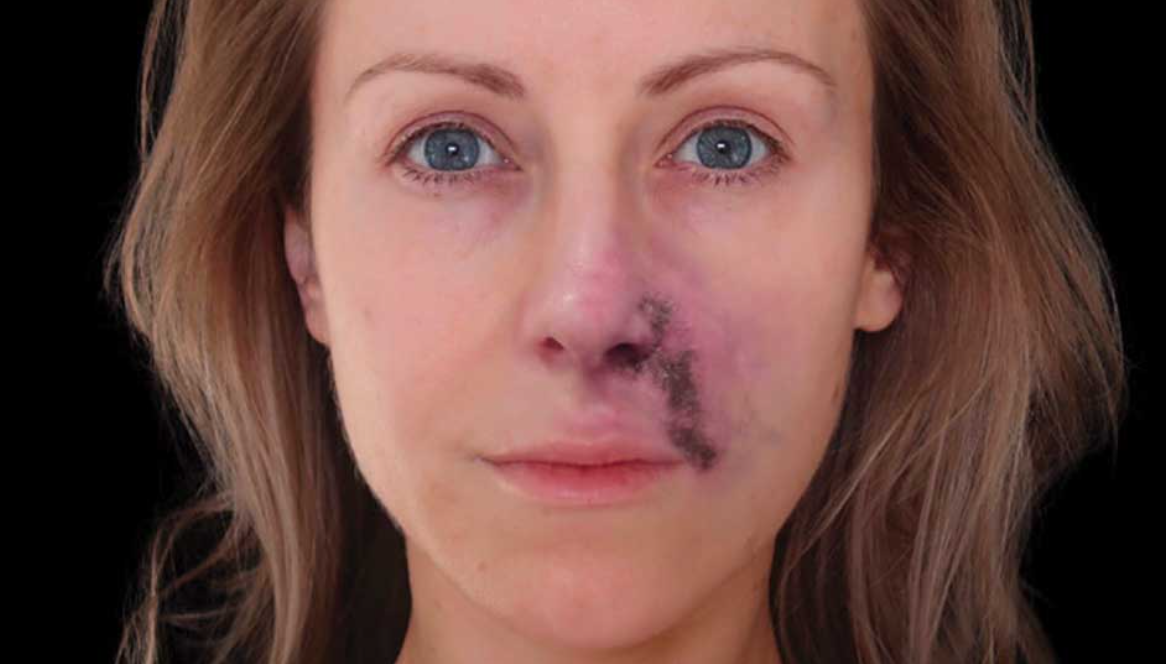
Also known as gangrene, Necrosis is a serious, albeit, reversible physical condition, caused by too little or no blood flow reaching the cells. Making the tissue die and the area affected starting to decay, as if on a dead body.
Necrosis Is far from being the only possible complication of bad filler injections. In the instances where the hyaluronic acid filler is inadequately injected in the proximity of or on the nose, it has a high chance of causing an obstruction, leading to Necrosis and maybe resulting in vision loss or blindness. Ischaemia, which is the deficiency and restriction of blood flow to a part of the body, the part in question depending on which vessel was clogged in this case by the Hyaluronic acid injection, is another possible complication.
Where does Hyaluronidase come from?
Hyaluronidase’s popularity is due to the fact that the most popularly used forms of it are naturally occurring, responsibly extracted, and cleaned substances.
The sources and origins of Hyaluronidase vary, it’s either synthetic, found in the human body, or, more commonly, extracted from either bovine or ovine sources.
What is the difference between bovine and ovine Hyaluronidase?
In field testing and actual cosmetic procedures in the past, Ovine Hyaluronidase (ovine testicular hyaluronidase) has been shown slightly superior to its Bovine counterpart. Both types are equally safe to administer, Ovine-Hyaluronidase in certain cases has been demonstrated to have better results.
Is Hyaluronidase only used with hyaluronic acid?
Hyaluronidase applications vary, from addressing and treating any complications from Hyaluronic acid filler injection including but not limited to necrosis, to the treatment of granulomatous foreign body reactions.
Hyaluronidase serves first and foremost the role of dissolving Hyaluronic acid and treating the many complications that can ensue from its usage.
What are the medical applications of Hyaluronidase?
Hyaluronidase is mainly used to treat complications from bad filler injections, and that includes complications that require medical attention, such as necrosis.
Hyaluronidase is used by doctors to prevent tissue damage, by facilitating and speeding the absorption of drugs in cases of extravasation.
Hyaluronidase is an essential component in treating skin inflictions and ensuring the recovery period from any complication resulting from the bad use of filler (which is a widely common instance).
What functions does Hyaluronidase serve in different fields?
We already delved into the applications of Hyaluronidase in cosmetics and medicine, but one thing one might not realise is that this enzyme serves multiple functions, especially in its natural, body-produced form.
In addition to being present in the blood allowing white blood cells to penetrate and spread easily around body tissue, making their job of fighting foreign objects easier; Hyaluronidase is present in sperm as a spreading agent as well. And it is thought of as being an essential part of reproduction among mammals.
How does Hyaluronidase reverse HA filler complications?
While Hyaluronidase can serve many functions, its main one is dissolving a certain sugar, this sugar being Hyaluronic acid. Hyaluronidase breaks down Hyaluronan at the cellular level, realising that by cleaving away its glycosidic bonds, it makes it easy for the sugar to penetrate through the body tissue. This is often the solution for blood vessels getting clogged by dermal filler that was accidentally injected into the aforementioned vessel.
That process has the effect of reversing the undesired results of filler injections after a bad procedure.
What does Hyaluronidase look like?
Hyaluronidase Is widely commercially available. Hydase, Hylenex, and Amphadase are currently the most popular options on the US market, and that is due to the fact that these specific brand names received FDA approval. This justifies why they are very costly, some would say overpriced, despite there being other less popular options out there that ensure the same, if not better results.
A common hyaluronidase Vial comes with fifteen hundred (IU) of hyaluronidase in powder form to be reconstituted with saline (NaCl). In this case, we are covering hyaluronidase use in cosmetic dermatology, where a filler injection is dissolved. Hyaluronidase normally comes as a white-colored powder in a glass vial. Some come in liquid form.
In conclusion, due to the very volatile and dangerous nature of Hyaluronic acid dermal filler injections in the wrong hands, there had to be a medical solution in drug form. And this solution turns out to be Hyaluronidase.
Its effectiveness and the fact that it is naturally occurring and responsibly derived have made Hyaluronidase the go-to solution for doctors to deal with the very common side effects of bad dermal filler injection procedures. It's good to keep in mind that hyaluronidase should only be used for urgent corrections. It's indeed a beneficial drug in many cosmetic procedures, and it should only be administered with the supervision of a medical professional.
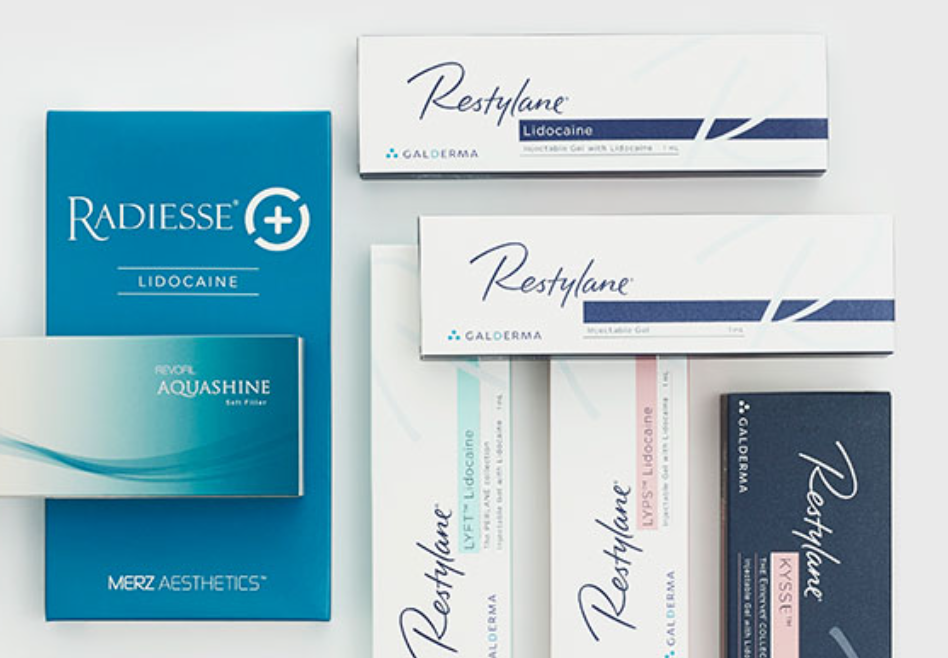
Frequently asked questions (FAQ):
- Is Hyaluronidase safe for dissolving lip filler?
Lip fillers such as Juvederm, Restylane, and Belotero are safely dissolvable with Hyaluronidase.
- What's the best type of hyaluronidase to use?
Bovine hyaluronidase and Ovine hyaluronidase are equally effective in dissolving hyaluronic acid dermal fillers.
- Can hyaluronidase be used with local anesthetics?
Local anesthesia can be mixed with hyaluronidase without any effect on the enzyme.
- Can hyaluronidase correct acne scars?
Acne scars can not be corrected with hyaluronidase injection.
- Will I have an allergic reaction to hyaluronidase?
Although allergic reactions are not very common, it's a good idea to have an allergy test before treatment.
- Can a Juvéderm Ultra treatment be corrected?
yes, Juvederm ultra and the other juvederm line of products such as Juvéderm voluma, VOLBELLA, and VOLUX can all be dissolved with hyaluronidase enzyme.
- Can Hyaluronidase damage my natural connective tissue?
When used in moderate dosages (under the supervision of healthcare practitioners), hyaluronidase is safe and will not cause damage to connective tissue.
Ready to discover more? Check out our blog to explore our other articles now!
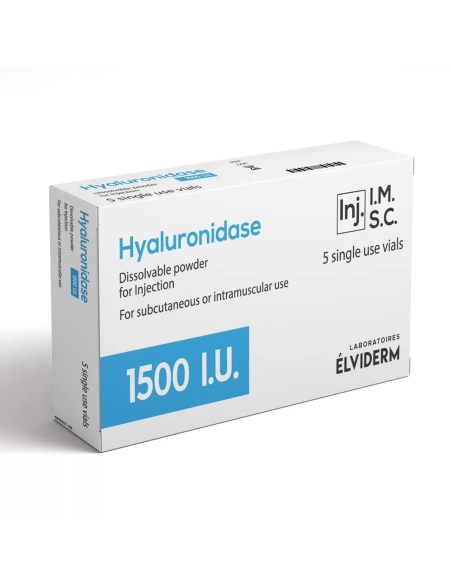
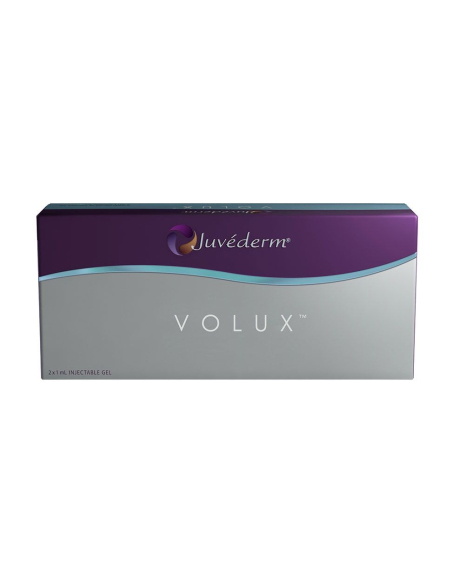
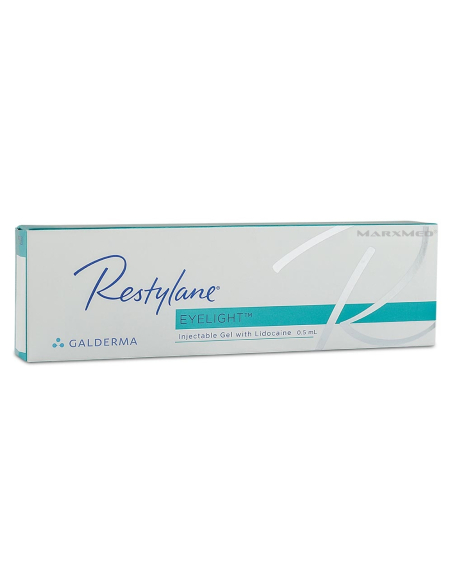
Comments (0)